In the Drift: Issue 38, Fall 2020
In this issue
- FPOM
- Article Spotlight
- President's Environment
- Dear Nick
- Rembering Bernard Statzner
- Insect Art
- Emerge and Instars
FPOM
SFS news and upcoming events collected from "the drift"
- Nominate someone for SFS leadership role (due Dec. 11, 2020)
- Apply for funds to support activities in association with the 2021 SFS virtual meeting (contact Amy Marcareli (ammarcar@mtu.edu) or Todd Royer(troyer@indiana.edu))
- Graduate student conservation research award (due Feb. 19, 2021)
- Justice, Equity, Diversity, & Inclusion (JEDI) Task Force launches new webpage
- SFS Pacific Northwest Chapter upcoming meeting (Nov. 18-19)
- Read the World Aquatic Societies Climate Statement
- Listen to Freshwater Science audio articles
- Apply for SFS Endowed Publication Fund for financial support in publishing
- SFS member's COVID support forum (access via member portal)
Article Spotlight
By Ali Chalberg

Peatbogs of the Puna
The Puna, Altiplano (Spanish for “high plain”) or Andean Plateau located in west-central South America, is the most extensive area of flat highlands on Earth outside Tibet. This area is characterized by its extreme climatic conditions, including low temperatures, strong winds, and little rainfall. Despite little rainfall, the landscape is littered with wetlands that serve as oases for biota. These pockets of wetlands function to support a high proportion of the biodiversity.

One of the streams flowing from The Puna peatbog region in Argentina surveyed for macroinvertebrates (Photo credit: Carolina Nieto).
Dr. Celina Reynaga, an assistant researcher at the National Scientific and Technical Research Council (CONICET, Argentina), summarized it best, “The Puna can be thought as a vast high desert terrain with oases (peatbogs) scattered throughout it.” This area is very unique in its location and morphology and it’s diversity needed to be explored.
Dr. Reynaga, led the study recently published in Freshwater Science. She regularly conducts research at the Institute of Neotropical Biodiversity (CONICET-UNT, Tucumán). In this study, she and her co-authors, Carolina Nieto, José Rodríguez, and Andrea Izquierdo, explored how environmental factors influence the abundance of macroinvertebrates throughout the peatbog ecosystems. They found that water temperature, specific conductivity, and flow were most strongly associated with variation in invertebrate traits in the bogs.
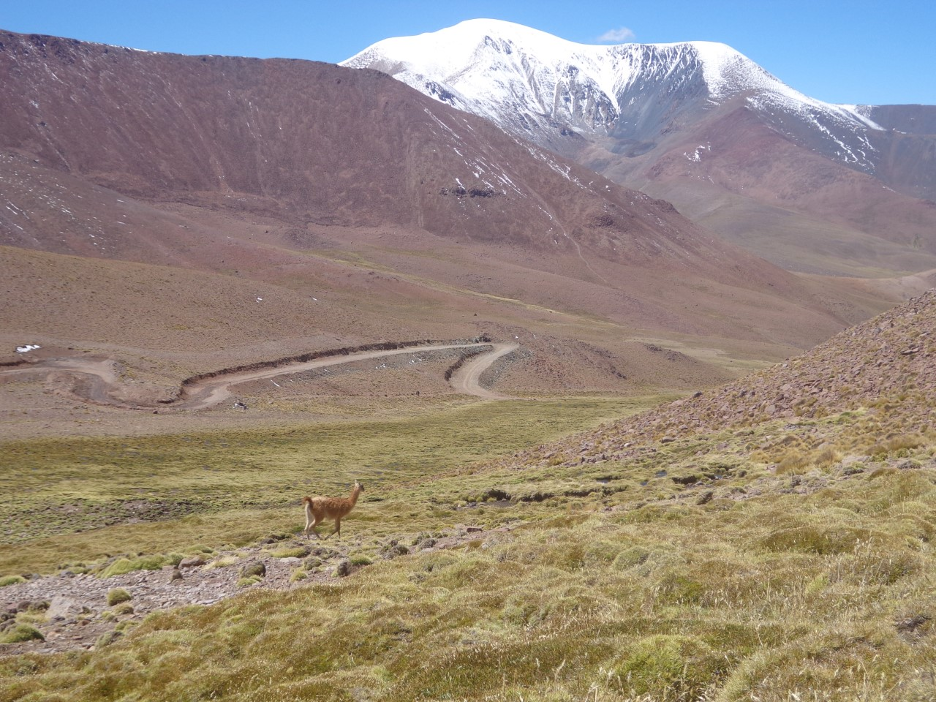
The Puna peatbog region in Argentina (Photo credit: Carolina Nieto).
While the project stemmed from a grant aimed at surveying biodiversity in the Andean wetlands, when asked about how the project came about Dr. Reynaga replied it was “curiosity itself!” This area is not easy to study and biota such as the invertebrates in this area have not previously been studied in depth.
Some interesting things tend to happen when you are thousands of meters above sea level! Dr. Reynaga talked about her team experiencing bouts of “soroche”, or altitude sickness. As well as electrical storms which left the local camelids bent over to avoid being struck. This landscape is unpredictable yet beautiful.
This project brought not only scientists together, but also local citizens. An environmental education workshop for people from Antofalla, Argentina, headed by Dr. Carolina Nieto saw kids as well as adults learning about their environment. They spent an afternoon, magnifying glass in hand, identifying macroinvertebrates from the peatbogs. As Dr. Reynaga stated: “Mayflies, caddisflies and crustaceans became the stars” as people’s eyes were opened to the critters living in their backyards.

Local children got a chance to view invertebrates from nearby streams in an associated environmental education workshop in Antofalla, Argentina (Photo credit: Carolina Nieto).
Dr. Reynaga finished with some words of wisdom for young freshwater scientists, “remain attentive to the small details revealed by measurement instruments, but never neglect the global view achieved thanks to common sense and continuous dialogue with teammates.” Especially in this time of insecurity, we should continue to work together to improve science.
You can read the journal article in Freshwater Science at: https://www.journals.uchicago.edu/doi/10.1086/707458
SFS President's Environment
By Alonso Ramírez

We have been learning a lot this year. We now know that we can share our science in the absence of in-person meetings, we can even teach from home. It is not ideal; we are facing multiple challenges and limitations by doing so. We are keenly aware of how much we miss interacting with our colleagues in person. However, looking at the bright side, virtual activities remove many barriers and we are now able to reach more people than ever before. Taking advantage of the virtual world, SFS has been busy preparing new and exciting activities for the coming months.
Our 2021 annual meeting committee is designing a unique virtual event. Under the theme of Freshwater Science in a Time of Transformation, the committee is including many of the great components we are used to finding in our regular annual meetings. We recognize that it will not be the same type of meeting without everybody traveling to the same location and without the many connections made in the hallways and outside the actual meeting rooms, but the virtual world has many tools to enrich our interactions and provide a mechanism where meaningful connections can still be achieved. Furthermore, our regional chapters and other groups within SFS are sketching plans to create opportunities to interact in person at smaller gatherings, where appropriate. We are also designing an exciting webinar series that will allow us to share information outside the annual meeting format and to familiarize us with the virtual tools we plan to use during the annual meeting.
We want SFS to be a truly global, diverse, and inclusive society. Our 2021 virtual annual meeting will give us a new opportunity to accomplish this. A virtual meeting will allow all participants to share their science without having to face the many complexities and unknowns of attending an in-person meeting during the current global pandemic. Our JEDI taskforce is engaged with the membership and several committees to develop initiatives centering on best practices that promote diversity and inclusivity. The Emerge team is getting ready to start their new program, a program that is sure to have a positive impact on our Society. Please help us become global, diverse, and inclusive. Wouldn’t it be great to have a Society with members from all continents and a diversity of backgrounds, all sharing their great science? We can all help to make it happen!
We would like to encourage everybody to become involved and invite others to join our Society. SFS is a great family, a place where all those interested in freshwater science share ideas and findings. We need everybody’s help to make sure we remain the premier organization for freshwater science. Let us work together to continue to make SFS the best Society it can be!
- Alonso Ramírez & Checo Colón-Gaud
DEAR NICK:
The pandemic is impacting my scientific career, and me personally, longer than I had thought it would and it is wearing me out. What can I do to cope better, both professionally and personally, and to maximize my career progress?
-- Fatigued
Dear Fatigued:
Pandemic fatigue is affecting all of us. As I am writing this, most of the US is experiencing rapid increases in new COVID-19 cases. Because of this widespread scale, all of us are experiencing some degree of challenges and pressures, so understand that you are not alone.
It has taken a lot of our energy and time to quickly learn and effectively utilize new learning and workplace tools in this pandemic. We are beginning to adjust to the virtual meeting and classroom platforms needed for interacting online. Although they do not provide a perfect substitute for face-to-face interactions, these platforms allow us to conduct most of the learning and business interactions needed to move forward.
With respect to the science you conduct, find ways to accomplish your field and lab work that minimizes your risk of exposure to the virus, particularly when new cases are on the upswing in your local area. Wear masks vigilantly and constantly. A friend of mine contracted COVID-19 when he stopped wearing his mask for just a few minutes outdoors while in close proximity to a person who was unaware that they were infected. Don’t let down your guard.
If your research includes field work, utilize measures that create social distancing. Work alone, if safe and feasible. Avoid overnight travel if possible and avoid travel to locations experiencing spikes in new cases. If more than one person has to travel, consider traveling in separate vehicles, or in large vehicles such as vans, with no more than one person per seat row. If in small vehicles or even watercraft, wear your masks and try to maintain your distance from each other.
If your research includes lab work, utilize the same protective measures you would in any indoor environment. Again, try to work alone if safe and feasible. If not, employ all the protective measures that you would use in any enclosed environment. If multiple people must work in the same space, try staggered work schedules to minimize the number of people in the room at the same time.
Some of my colleagues have been shifting their work focus more to data analysis, manuscript writing, and other science activities that minimize the need to be in close proximity with others. Even in the absence of this pandemic, it is good practice to occasionally step back and re-evaluate your research plan. Is it possible to modify your path forward in a way that still accomplishes your goals, but minimizes COVID-19 risks? Is it absolutely necessary to conduct another round of sampling, or run another set of experiments?
In addition to addressing your career issues, find ways to take extra care of yourself personally. Take measures to minimize stress. Follow a healthy diet and minimize alcohol consumption. Decrease screen time, which will help you to get more restful sleep. In fact, you may find it helpful to avoid focusing too much on the news if it increases your stress. Get regular exercise, and make time to relax and recharge, particularly by enjoying time outdoors. Perhaps most importantly, be kind and understanding to those around you. We may not know what they are experiencing – we all are in the same storm, but not necessarily in the same boat.
If you are feeling overwhelmed by stress and challenges, don’t hesitate to seek professional help if needed. We are in this pandemic together for the long haul, and need to take care of ourselves.
Remembering
Bernhard Stazner
1948 - 2020
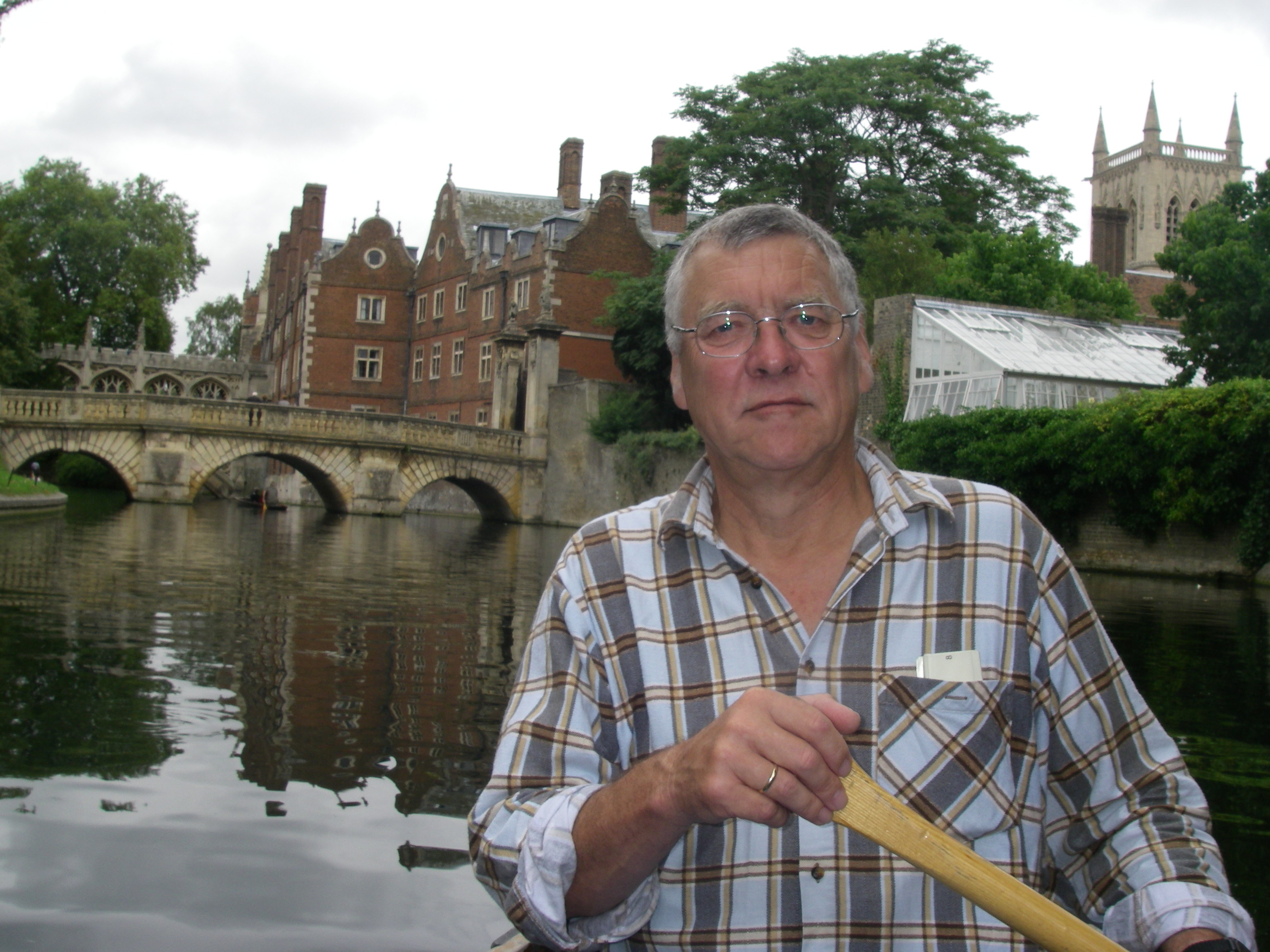
By Vincent H. Resh, Núria Bonada, Sylvain Dolédec, Alan Hildrew
Bernhard Statzner, a longtime member of the Society for Freshwater Science, died on July 12, 2020. He had one of the most fascinating and diverse careers in freshwater ecology and was in many respects a larger than life character—in his research, lectures, loyalty to his friends, and his love of food, wine, and spirited conversations. His and his wife Monika’s home in Parcieux, France, which overlooked the Saône River and the Beaujolais vineyards, was a gathering spot for freshwater scientists and ecologists from throughout the world. There, an abundance of food and drink, great conversation, and spirited and competitive games of petanque were enjoyed by all. They were a truly unique and caring couple to all of us.
Bernhard was born in Kiel in Northern Germany on June 30, 1948. During his early school years in Kiel, he concentrated on playing team handball and the saxophone, and it was not until his enrollment at the University of Kiel that he became serious as a student, discovering his fascination with biology, chemistry, and physics. After completing his undergraduate degree in 1973, he obtained a position through the Volkswagen Foundation to conduct stream studies in Zaire, the former Belgian Congo and now the Democratic Republic of Congo. There he began a life-long interest in the ecology and systematics of Trichoptera, and the collections that he made there were the basis of many of his early research papers.

Bernhard working by a Black Forest stream in Germany where he developed the concept of hydraulic stream ecology
Returning from Africa, he began his Ph.D. research on Northern German streams but interrupted his studies to work for the World Health Organization on the Onchocerciasis (River Blindness) Programme in West Africa. Based in Bouaké, Ivory Coast, from 1976 to 1978. There he conducted laboratory-, mesocosm-, and field-based experiments on the effects of the programme’s vast, aerial spraying of pesticides to control the black fly vectors of this human disease on the non-target stream fauna. Although he left Africa to complete his degree in 1979, he returned there to work on the effects of the program’s activities, by then expanded to 11 West African countries on several occasions in the late 1990s. He wrote several seminal papers on the ecology of the black fly vectors of this disease, West African streams, and he was a co-author on a synthesis of how monitoring activities were developed to study the effects of applications on fish and benthos with the intriguing title-opener “Monitoring of the unknown…”.
His first position was as an Assistant Professor at the University of Karlsruhe in Germany. There he started a program focusing on what he eventually called hydraulic stream ecology, with many collaborators from Europe and North America. He taught courses in freshwater ecology and stream restoration, and carried out several restoration projects integrating hydrology and biology. He completed his habilitation (which is the equivalent of research for a second Ph.D.) in 1987.
After a short period as a Full Professor in the School of Engineering at the University of Kassel, he went to the Emscher Water Authority in Central Germany as the senior manager in charge of the restoration activities of this major tributary to the Rhine River. There he put into place many of the programs that led to the shift of this river from being one of the most industrially affected rivers in Europe to a restoration success story.
In 1990, Bernhard made a major career shift in becoming a Research Director in the National Center for Scientific Research (CNRS) based at the University of Lyon in France. His long-time friends and colleagues Louis Roux and Christian Lévêque made this position possible, and this move from Germany to France greatly advanced collaborative efforts in freshwater science in Europe. The University of Lyon and associated government research laboratories in this city lying on the intersection of the Saône and Rhône Rivers had more scientists studying rivers than any other center in the world. Although some of the scientists were well-known as individual researchers, Bernhard coordinated many major projects that brought the group to be recognized as a center of ecological research on rivers that is of worldwide importance today.
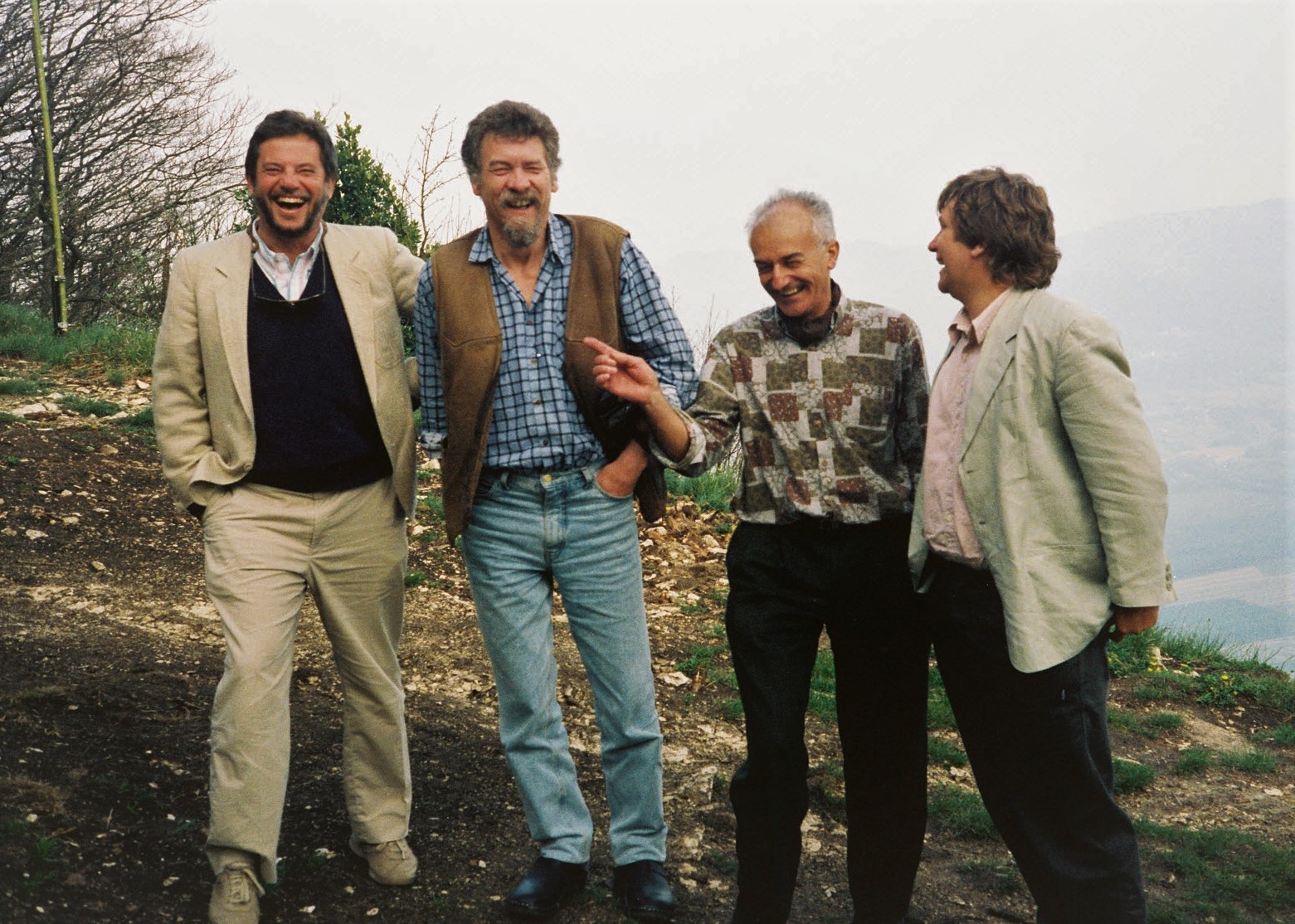
Vince Resh, Bernhard Statzner, Louis Roux, and Alan Hildrew at the beginning of their synthesis on the species traits of the biota of the Rhône River for a special issue of Freshwater Biology 1994:31(3).
Bernhard’s research centered on integrating concepts in theoretical ecology, hydrology, and modeling in understanding applied questions as related to flow and the distribution of organisms, river restoration, biomonitoring, and many other topics. He was famous for turning traditional ecological questions around that opened up being the basis for new areas of stream studies. For example, he took a traditional question “How do hydraulics affect organisms?” reversed it to “how do organisms affect hydraulics”, which lead to the now widely studied topic of organisms as ecological engineers in riverine systems.
Because of his fluency in French, English, and German, Bernhard wrote several review articles where he drew on the historical literature and traced the evolution of modern ideas in theoretical and applied ecology. He believed that it was important that the historical basis of many commonly applied concepts be better understood and appreciated, especially by younger scientists.
His writings were prolific and widely cited. He wrote over 150 research articles, many book chapters, and even articles on the sociology of scientific publishing. Some of the latter had a tongue-in-cheek character such as one describing how his collaborators staged a contest to see who could gain the most weight during a month-long regimen of vigorous fieldwork! Another competition he often proposed was to determine authorship through pétanque (a variation of boule) tournaments.
In Germany and France, he had a great influence on the careers of students and postdoctoral researchers, both in his own laboratory and those of others. He served on review committees and funding bodies of over a score of organizations and established links between his laboratory and more than 30 others throughout the world.
Bernhard retired from CNRS and the University of Lyon in 2013 and colleagues from all over the world arrived in Parcieux for the celebrations. There were parties, kayak trips, bike rides, and great dinners, and of course a pétanque competition! Monika, a dentist, joined him in retirement soon after that and they travelled often to see friends and continued their wonderful hospitality to visitors that came to France.
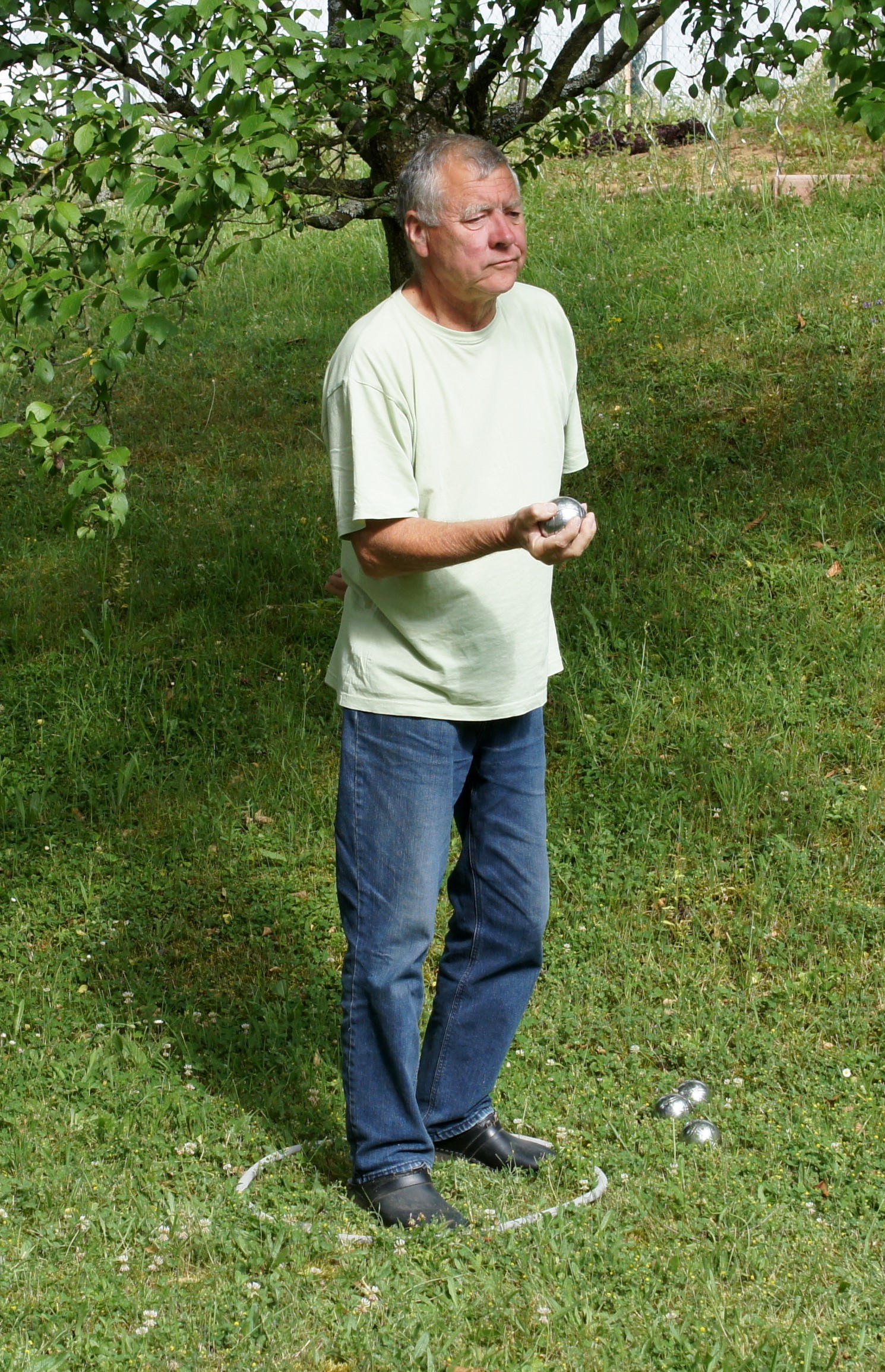
Bernhard doing a favorite pastime, playing petanque.
It is often customary to end an obituary with the statement that the deceased “will be sorely missed”. In the case of Bernhard, this would be a complete understatement. He and Monika opened their lives and homes to more people than anyone we have ever known. He had a great influence not just on colleagues and students, but on their children as well. He was a remarkable man; his scientific and personal contributions will live on long after we are gone.
Insect Art - The Caddisfly's Mirror
A new book by Hubert Duprat
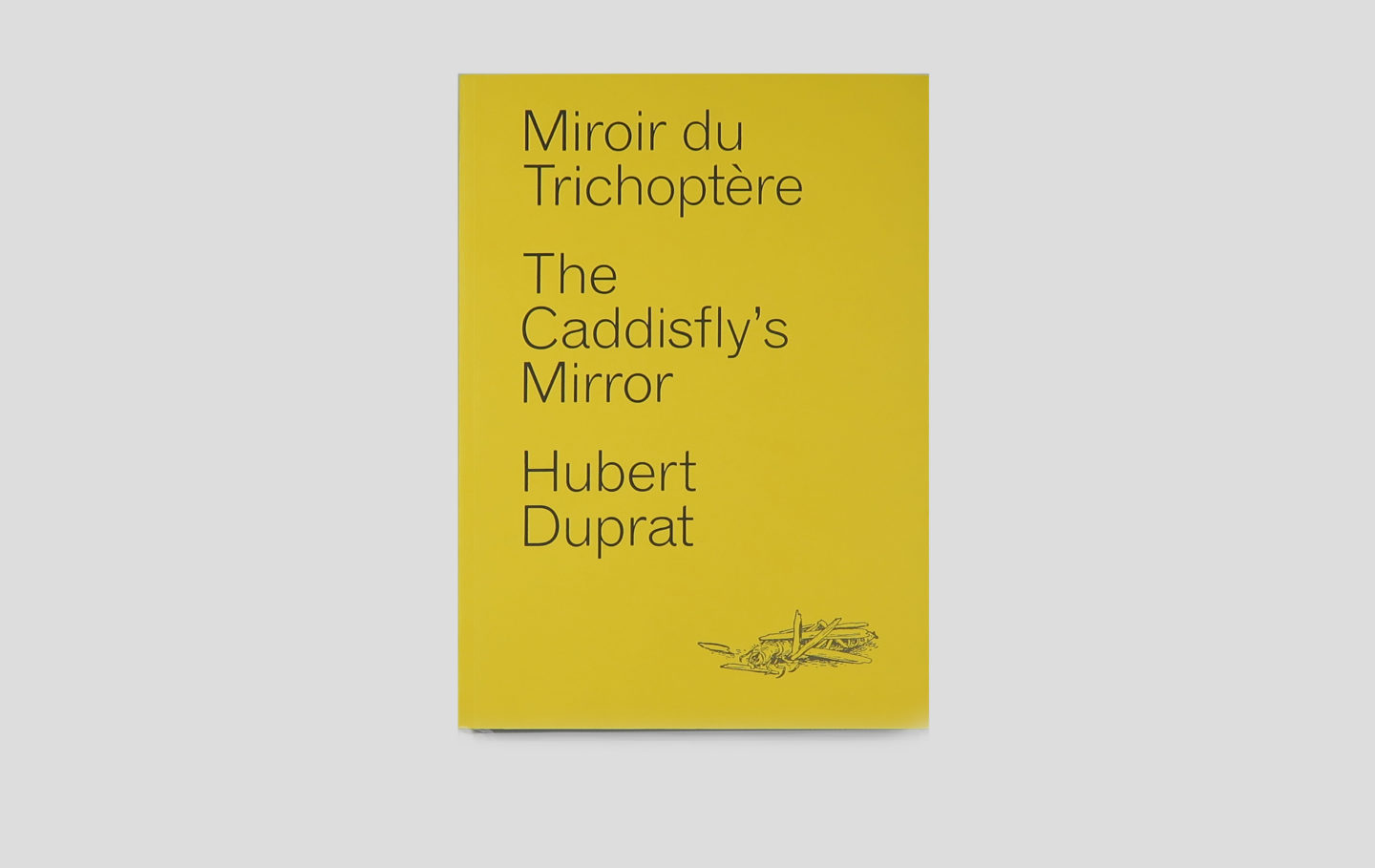
The Caddisfly’s Mirror focusses on the insect’s larvae, whose protective tubes, which they make out of natural materials, have given rise to a wide variety of approaches, from learned studies to detailed notation, and from literary evocations to fantastical parables – a documentary mass that the sculptor Hubert Duprat has been building up almost obsessively over decades, and to which he has now given the dual form of an artist’s book and an encyclopaedic anthology.
This voluminous compilation is a conceptual architectural construct that reflects subtle shifts in the artist’s work. The many striking images include historical scientific and non-scientific engravings, didactic illustrations and humorous representations, fossils and decorative objects. Among them are sparkling sheaths of gold and precious stones created by « trained » larvae. And it was these which, though restricted in scope, brought Duprat international recognition. No hierarchy dominates. Each carefully-recorded discovery contributes to a process of accretion, and thus a quasi-exhaustive totality : « In other words, almost everything about almost nothing. »
Let us be clear that in this case the idea of a constitutive motif is, in the end, of secondary importance. The work may be regarded as a discovery, in the archaeological sense of the term, made by Hubert Duprat. Given the breadth and aesthetic dimension of the enterprise, the result is an oeuvre in itself. Speaking to us of materials and methods, of space and time, taking us on a journey across history and continents, this monument constitutes a diffracted reflection of tiny trichopteran creations. Like their obverse facets, in sum. In a sense, The Caddisfly’s Mirror is Hubert Duprat’s latest sculpture, between monster and marvel.
French / English
Softcover, 23 × 34 cm
628 pages, approximately 1000 illustrations
Published in June 2020
ISBN : 978 2 84975 628 7
Distribution : Harmonia Mundi
45 €
Orders from abroad can be made
directly to the publisher at this address :
contact@fage-editions.com
Emerge and Instars
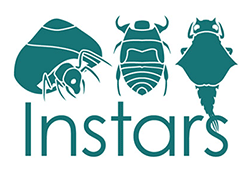
Emerge & Instars is a mentoring program sponsored by the National Science Foundation and the Society for Freshwater Science for undergraduate students from under-represented groups interested in freshwater science. The program provides opportunities for networking among graduate students, faculty, and professionals hoping to encourage diversity in the freshwater discipline. Initially launched in 2011, the program focused on undergraduate participation in the SFS Annual Meeting. As of 2020, Emerge expands the program to include undergraduate students, graduate students, and early career participants in year-round activities. Find the details here.
In short, the program has two ways to participate:
1. Emerge Year-Round Program: Undergraduate students, graduate students, and early career freshwater scientists will participate together to build a scientific and support network, develop skills in science, and collaborate using data from NSF NEON sites.
2. Instars at the SFS Annual Meeting: We hope to inspire and excite students about our science by offering activities with other undergraduates, graduate student mentors, and professional SFS members. The Instars & Emerge program plans to support annual meeting expenses for at least 30 new participants for the 2021 virtual meeting.


